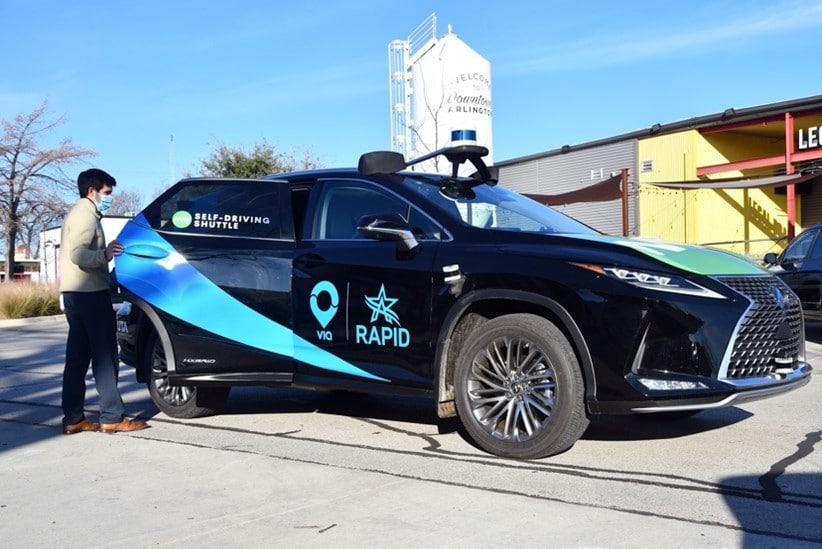Toyota Mobility Foundation (TMF) and Energy Systems Network (ESN) have designated May Mobility and Udelv as the first two participants (and subsequent deployments) of the Future Mobility District initiative in Indiana. In collaboration with the Indiana Economic Development Corporation (IEDC), the Future Mobility District initiative seeks to foster innovation through key partnerships and advanced research and development for new mobility technologies in Indiana.
Overarching Goals
TMF established the Future Mobility District initiative to support Toyota’s mission of Mobility for All and commitment to the UN Sustainable Development Goals, in this case, Goal #11 of Sustainable Cities and Communities. Ultimately, the Future Mobility District will support deployments focused on improving the movement of people and goods in an ever-changing transportation ecosystem.
“The introduction of the Indiana Future Mobility District’s first two mobility services are major steps forward for defining the initiative and validating its model for cost-effective and cooperative mobility technologies,” said Matt Peak, Managing Director of ESN. “The integration of additive technologies into the region’s existing transportation resources will continue to push central Indiana to the cutting edge of innovation and help inform deployment strategies in other regions.”
Role of May Mobility
May Mobility will operate two six-month, non-concurrent AV shuttle services for citizens of Indianapolis and Fishers. The Indianapolis deployment aims to increase mobility throughout the greater metropolitan area by providing a connection from the nearby Vermont Station – along IndyGO’s Red Line – to areas west of downtown. Five Lexus RX 450h vehicles equipped with May Mobility’s autonomous technology alongside one wheelchair-accessible Polaris GEM shuttle will serve as the vehicles during the deployment. The fixed-route service is expected to open to the public in May.
“The May Mobility team is thrilled to be partnering with the Toyota Mobility Foundation and Energy Systems Network to bring this new AV shuttle service to Indianapolis and Fishers,” explained Edwin Olson, co-founder and CEO of May Mobility. “Our mission is to offer safe, reliable, and accessible transportation options that can seamlessly integrate with the available public and private services.”
May Mobility will also establish its regional headquarters at the Indiana Internet of Things (IoT) Lab in Fishers and will commence with autonomous driving operations in the city this November.
“We’ve built our community to be smart and entrepreneurial in both business and lifestyle to make way for opportunities such as this,” said Fishers Mayor Scott Fadness. “The partnership with ESN, Toyota Mobility Foundation, and May Mobility allows Fishers to be at the forefront of personal mobility in Indiana.”

Role of Udelv
Udelv will begin operating later this year in Indianapolis with one Toyota Sienna equipped with its contactless Delivery Management System, or DMS for short. DMS consists of an automated cargo pod, the uPod, and a cloud-based operating system, the UdelvOS. Via the uPod, goods are retrieved from an individual compartment by consumers without direct contact with the driver.
“We are excited to now also deploy our platform on a Toyota Sienna in Indianapolis and allow for true contactless delivery and improved customer service levels while lowering cost and pollution in the process,” said Daniel Laury, CEO of Udelv.

More Information is Forthcoming
Additional details about the Future Mobility District initiative and how to get involved will be made available in the coming months leading up to the launch of these pilots.
“As we actively pursue Mobility for All through our Future Mobility District initiative, we want to continue to partner with like-minded organizations like Udelv and May Mobility who understand the importance of advancing innovation in mobility through community engagement,” said Ryan Klem, Director of Programs for the Toyota Mobility Foundation. “We are confident they are key players in helping to build the future of sustainable cities and communities.”
“And with every new deployment, we are able to expand our capabilities to better serve the riders and communities,” Olson added.


